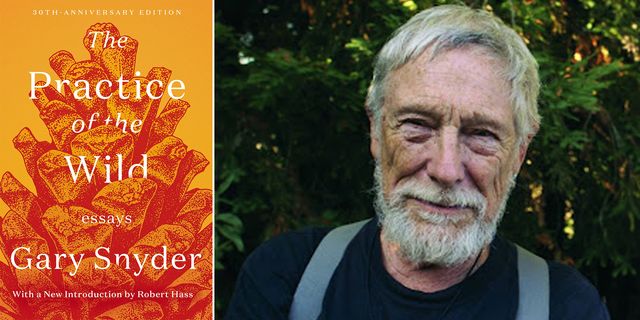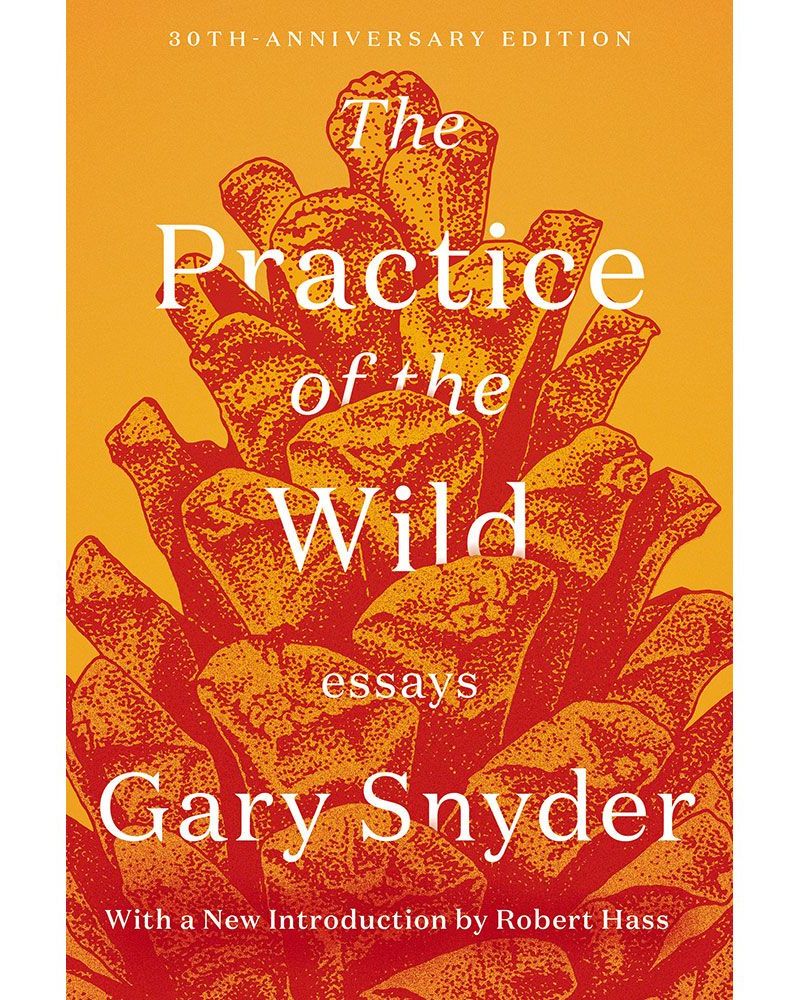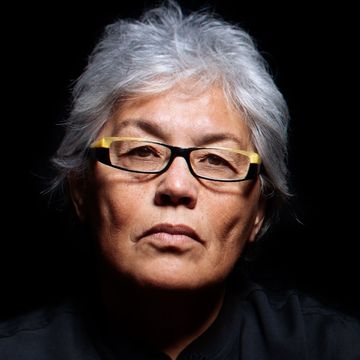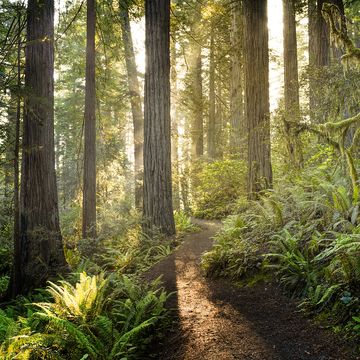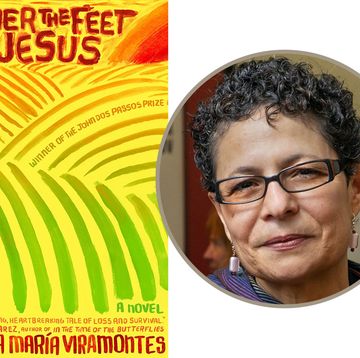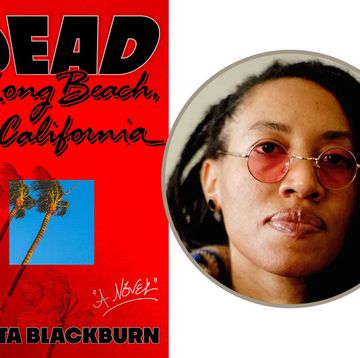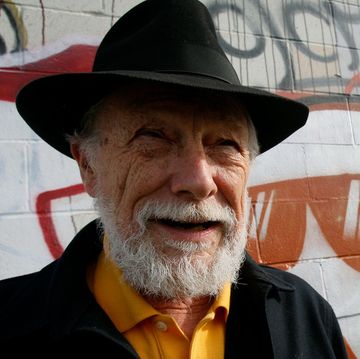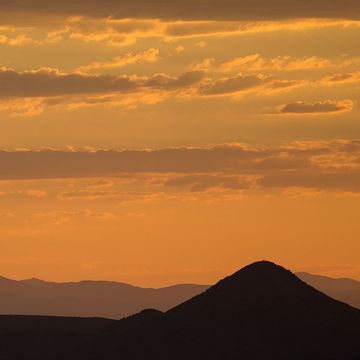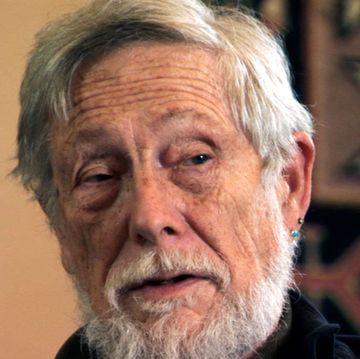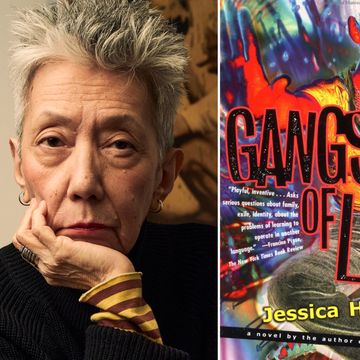Coyote and Ground Squirrel do not break the compact they have with each other that one must play predator and the other play game. In the wild a baby Black-tailed Hare gets maybe one free chance to run across a meadow without looking up. There won’t be a second. The sharper the knife, the cleaner the line of the carving. We can appreciate the elegance of the forces that shape life and the world, that have shaped every line of our bodies—teeth and nails, nipples and eyebrows. We also see that we must try to live without causing unnecessary harm, not just to fellow humans but to all beings. We must try not to be stingy, or to exploit others. There will be enough pain in the world as it is.
Such are the lessons of the wild. The school where these lessons can be learned, the realms of caribou and elk, elephant and rhinoceros, orca and walrus, are shrinking day by day. Creatures who have traveled with us through the ages are now apparently doomed, as their habitat—and the old, old habitat of humans—falls before the slow-motion explosion of expanding world economies. If the lad or lass is among us who knows where the secret heart of this Growth-Monster is hidden, let them please tell us where to shoot the arrow that will slow it down. And if the secret heart stays secret and our work is made no easier, I for one will keep working for wildness day by day.
Wild and free.” An American dream-phrase loosing images: a long-maned stallion racing across the grasslands, a V of Canada Geese high and honking, a squirrel chattering and leaping limb to limb overhead in an oak. It also sounds like an ad for a Harley-Davidson. Both words, profoundly political and sensitive as they are, have become consumer baubles. I hope to investigate the meaning of wild and how it connects with free and what one would want to do with these meanings. To be truly free one must take on the basic conditions as they are—painful, impermanent, open, imperfect—and then be grateful for impermanence and the freedom it grants us. For in a fixed universe there would be no freedom. With that freedom we improve the campsite, teach children, oust tyrants. The world is nature, and in the long run inevitably wild, because the wild, as the process and essence of nature, is also an ordering of impermanence.
Although nature is a term that is not of itself threatening, the idea of the “wild” in civilized societies—both European and Asian—is often associated with unruliness, disorder, and violence. The Chinese word for nature, zi-ran (Japanese shizen) means “self-thus.” It is a bland and general word. The word for wild in Chinese, ye (Japanese ya), which basically means “open country,” has a wide set of meanings: in various combinations the term becomes illicit connection, desert country, an illegitimate child (open-country child), prostitute (open-country flower), and such. In an interesting case, ye-man zi-yu (“open-country southern-tribal-person-freedom”) means “wild license.” In another context “open-country story” becomes “fiction and fictitious romance.” Other associations are usually with the rustic and uncouth. In a way ye is taken to mean “nature at its worst.” Although the Chinese and Japanese have long given lip service to nature, only the early Daoists might have thought that wisdom could come of wildness.
Thoreau says “give me a wildness no civilization can endure.” That’s clearly not difficult to find. It is harder to imagine a civilization that wildness can endure, yet this is just what we must try to do. Wildness is not just the “preservation of the world,” it is the world. Civilizations east and west have long been on a collision course with wild nature, and now the developed nations in particular have the witless power to destroy not only individual creatures but whole species, whole processes, of the earth. We need a civilization that can live fully and creatively together with wildness. We must start growing it right here, in the New World.•
From The Practice of the Wild, by Gary Snyder. Reproduced with the permission of Counterpoint Press. Copyright © 1990 by Gary Snyder.
Gary Snyder is a Pulitzer Prize–winning poet and a California native. He has published numerous books of poetry and prose, including Danger on Peaks (Counterpoint Press, 2005); The Gary Snyder Reader (1952-1998) (1999); Mountains and Rivers Without End (1997); No Nature: New and Selected Poems (1993), which was a finalist for the National Book Award; The Practice of the Wild (1990); Left Out in the Rain, New Poems 1947-1985; Axe Handles (1983), for which he received an American Book Award; Turtle Island (1974), which won the Pulitzer Prize for poetry; Regarding Wave (1970); and Myths & Texts (1960). Snyder has received an American Academy of Arts and Letters award, the Bollingen Prize, a Guggenheim Foundation fellowship, the Bess Hokin Prize and the Levinson Prize from Poetry, the Robert Kirsch Lifetime Achievement Award from the Los Angeles Times, the Ruth Lilly Poetry Prize, and the Shelley Memorial Award. Snyder was elected a Chancellor of the Academy of American Poets in 2003. He was the recipient of the 2012 Wallace Stevens Award for lifetime achievement by the Academy of American Poets.
